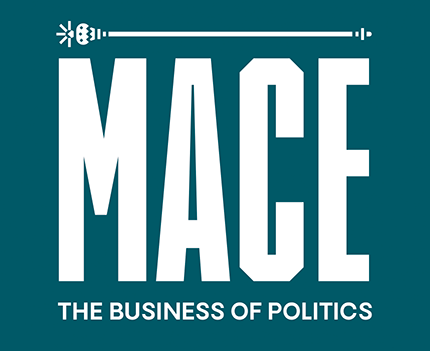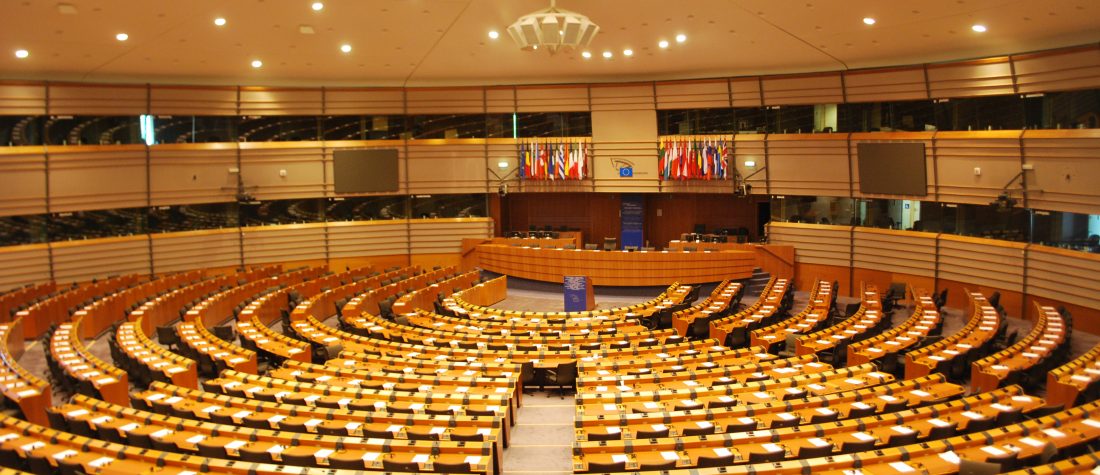In 2007, when the last amendments to the constitutional basis of the EU were signed, we lived in a different world. Among the government representatives and legal scholars from each member state in the intergovernmental conference that drafted and negotiated the Treaty of Lisbon, very few had a smartphone in their pockets. Except in TV shows like Star Trek or Knight Rider, none of them had ever seen a tablet or a smartwatch. None of them could have commuted to the conference venue in an affordable electric car or a shared ride that appears after a tap on a touchscreen. Reusable rockets, genetic engineering and artificial intelligence were theoretical concepts. Facebook had no more than 100 million users and there were less than 60,000 tweets per day on Twitter. Netflix had just started streaming and there was no Spotify, Instagram, Bitcoin or WhatsApp – and no Covid-19.
Fourteen years later, and against a backdrop of so many technological blessings, governments use automated bots to spread disinformation and increase their influence abroad or prepare the ground for a hybrid attack. They deploy drones to bomb other countries or to spy on their own citizens, employ hackers to breach sensitive data and interfere in democratic processes. Cybersecurity has become paramount for national security and for critical public infrastructure. Information technology has transformed nearly all policy sectors, from public administration, healthcare services and privacy to international trade and foreign policy.
The pandemic is only accelerating the digital transformation of Europe and the world. This should be no cause for concern for Brussels and the EU’s capitals. After all, the whole history of European integration can be seen as a history of responding to challenges. From the second world war to Brexit, a long succession of crises stimulated institutional reforms that deepened integration. Together with almost 600,000 lives it has claimed in the EU so far, the pandemic has also put Europe back into a crisis management mode that highlights the necessity for reforms.
However, while the challenges seem to multiply together with the opportunities, one thing has not changed: the fact that the EU is still struggling with its direction and identity. Ad hoc crisis management has proven to be ineffective during the migration crisis and during the current pandemic. While the USA and China are speeding along the highway, the EU is still parked on the curb, trying to figure out what road to take.
An EU fit for new realities in a post-Covid world
Post-Covid recovery means drastically improving healthcare services and vaccination rollouts, but it also means dealing with the fallout that the lockdown measures caused to European economies. The EU has taken initiatives on both accounts.
The Commission ventured in the healthcare services sector to coordinate the procurement of vaccines. It announced an economic stimulus package of €1.8tn. It looks like for the first time in its history, the EU will also have an “own resources” mandate, which equals permission to raise its own taxes. Finally, the current leadership in the Commission and the Council seems determined to expand the community’s prerogative to social and labour policy issues, such as unemployment benefits and the minimum wage. A question must be asked if cross-border harmonisation, for lack of a better term, would really increase resilience, or rather feed criticism of the abandonment of subsidiarity.
Beyond the financial economic stimulus, which still can and should be seen as critical, the EU also needs to close the technological gap with major competitors like China. It needs to consolidate common industrial policies for vital technologies like microchips, semiconductors and rare earth mining, ensure supply chain security, invest in space capabilities, 5G connectivity and research into 6G. The EU must close the innovation gap while simultaneously protecting citizens in accordance with our fundamental values.
CFEU: opportunities and risks
The EU needs drastic reforms in order to address the challenges it faces. It seems like both the technological transformation of the world and the extraordinary needs caused by yet another crisis are already exceeding the current constitutional basis of the EU. In this respect, the much-publicised Conference on the Future of Europe (CFEU) can and must be a turning point.
Recognising this opportunity, prominent Europeans across the political spectrum called for an ambitious CFEU scope that would include treaty changes. On 10 March, following months of negotiations, the leaders of the EU institutions signed the joint declaration on the Conference on the Future of Europe, which, according to the press release, paves “the way to launching a series of debates and discussions that will enable people from every corner of Europe to share their ideas to help shape Europe’s future”. But the declaration itself does not include any reference to amending the treaties.
If the CFEU is simply a forum for discussion and citizen engagement, it runs the risk of becoming little more than a publicity stunt. This is not only bad for the Commission, but also for Europe. The Treaty of Lisbon is behind this world: the CFEU must pave the way to constitutional reforms and carve Europe’s path to the future.
This path is neither straight nor free from risk. Alexis de Tocqueville famously wrote that the beginning of reform is usually a dangerous time for any government. In this case, the lack of serious reforms might be even more dangerous.
Daniel Kaddik is Executive Director of the European Liberal Forum


